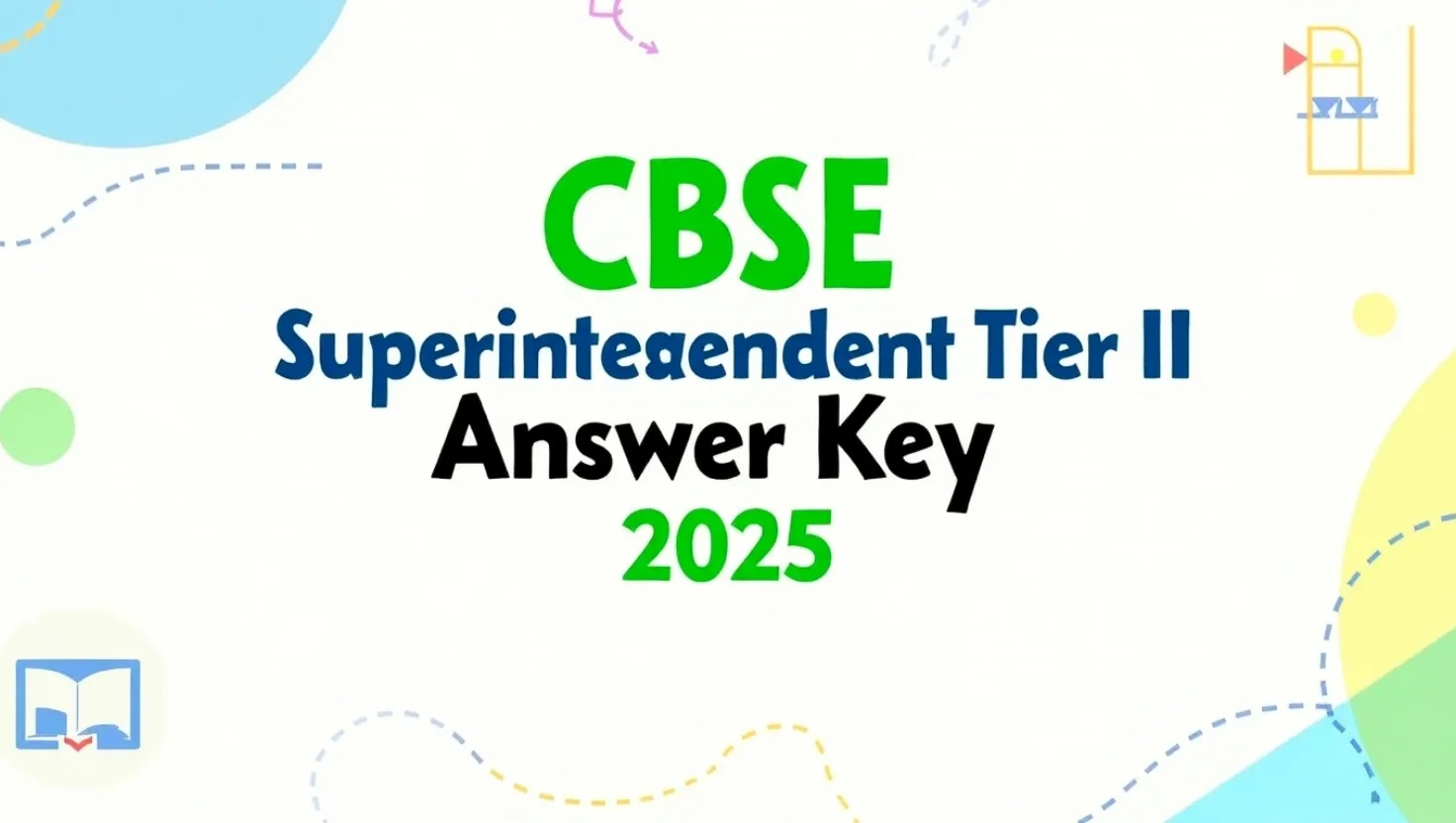The JEE Main 2019 Paper 1 Shift 1 Set 2 conducted on 10th January was part of the NTA’s new fully online examination system. This paper consisted of 90 questions – 30 each from Physics, Chemistry, and Mathematics – and was based on a total of 360 marks. Students appearing for the morning shift faced a moderately tough paper with a mix of conceptual, calculative, and NCERT-based questions. Many students found the Mathematics section time-consuming, while Chemistry was mostly straightforward and scoring. Physics had a combination of conceptual and numerical questions from standard topics.
I decided to write about this specific set because students often focus only on the latest papers and ignore the value of solving past shift-wise and set-wise questions. The Set 2 of Shift 1 on 10th January 2019 is a great mock practice tool for aspirants who are serious about building both speed and accuracy. Analysing this set also helps understand NTA’s question pattern — which often includes subtle changes even within the same shift. Knowing such variations can give you a big advantage in the actual exam. I’ve gone through this set personally, and I believe it’s one of the more balanced ones from that year. It offers good practice for all three subjects and is especially helpful for those struggling with time management.
Paper Highlights – 10th January 2019 Shift 1 Set 2
Here’s a quick overview of the paper structure:
- Exam Date: 10 January 2019
- Shift: Morning (Shift 1)
- Set Code: Set 2
- Exam Mode: Online (CBT)
- Total Questions: 90 (30 per subject)
- Duration: 3 hours
- Marking Scheme: +4 for correct, -1 for incorrect
- Subjects: Physics, Chemistry, Mathematics
Subject-Wise Difficulty and Topic Breakdown
Physics
Physics was moderately difficult and had more focus on conceptual clarity. Few questions were tricky due to close options, especially in Mechanics and Electricity.
Topics That Appeared Frequently:
- Laws of Motion
- Work, Power & Energy
- Current Electricity
- Heat and Thermodynamics
- Modern Physics
Verdict: Concept-based, not very lengthy, moderate overall.
Chemistry
Chemistry was the easiest among the three subjects. The paper had a large number of theory-based questions directly from NCERT, especially in Inorganic Chemistry. Organic Chemistry also had some straightforward reaction-based questions.
Topics Covered:
- Chemical Bonding
- Coordination Compounds
- Organic Reagents and Mechanisms
- p-Block Elements
- Surface Chemistry
Verdict: Scoring section, quick to solve, mostly NCERT-based.
Mathematics
Maths in Set 2 was calculative. There were questions involving matrices, definite integration, and 3D geometry which consumed time. However, the difficulty level wasn’t too high, just that solving them required multiple steps.
Common Chapters in the Paper:
- Matrices and Determinants
- Calculus – Integration, Differentiation
- Sequence and Series
- Probability
- Coordinate Geometry
Verdict: Lengthy but manageable if you’ve practiced enough mocks.
Why You Should Practice from This Set
If you’re preparing for JEE Main seriously, then solving shift-wise and set-wise papers like this one helps build exam stamina. I always advise students to sit down with a timer and attempt these papers like a real test. That’s where this set comes in handy. The diversity of questions in Set 2 ensures that you revise all your important concepts, and the standard of questions is close to what NTA typically asks.
Using this paper as part of your revision strategy can help in:
- Strengthening speed and accuracy
- Understanding the pattern of repeated concepts
- Learning time-saving calculation tricks
- Knowing how to skip tough ones and save time
Download PDF
Click here to download JEE Main 2019 Paper 1 Shift 1 Set 2 PDF
Final Words
JEE Main 2019 Shift 1 Set 2 from 10th January is a solid example of how the exam blends NCERT concepts with application-based problems. If you haven’t already attempted this paper, I highly recommend including it in your next mock schedule. It covers a fair range of topics across all three subjects and mirrors the actual test environment well. Whether you’re appearing for the next JEE or guiding someone else through it, this paper will be a valuable resource in your preparation journey.



















